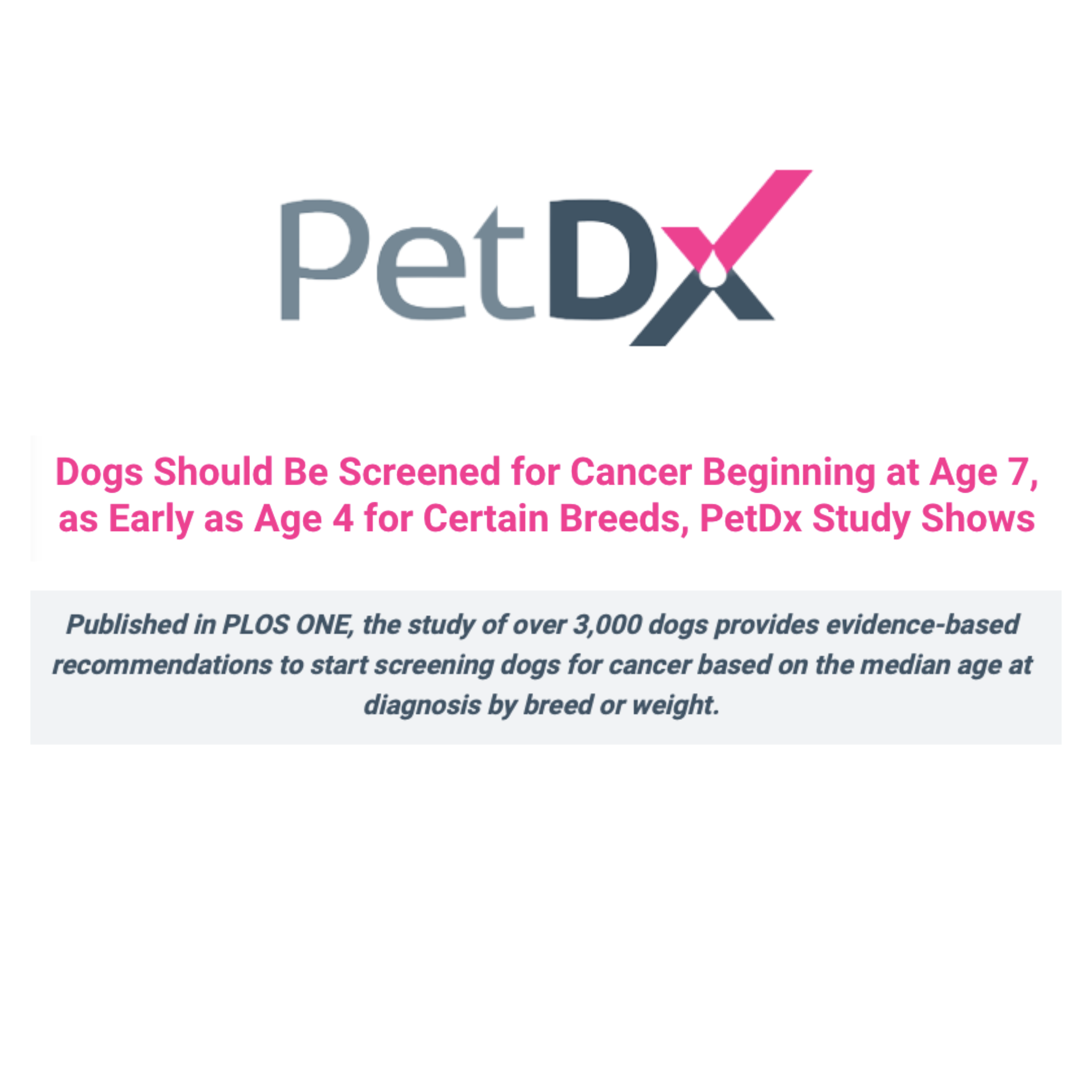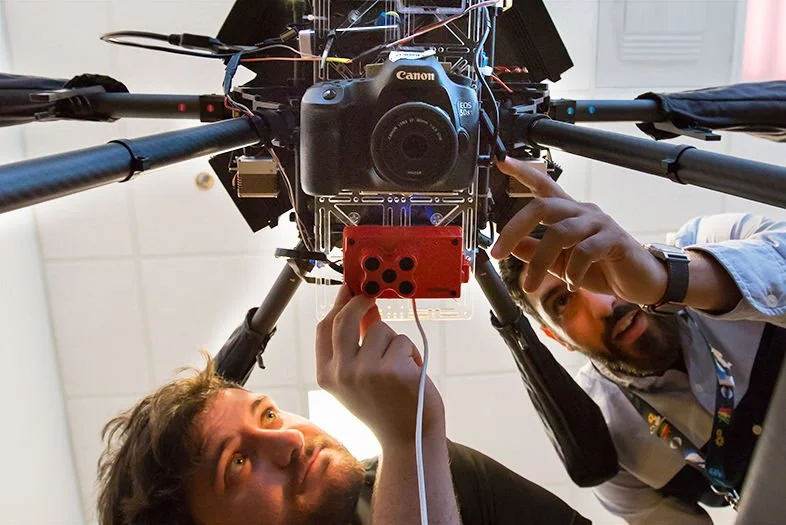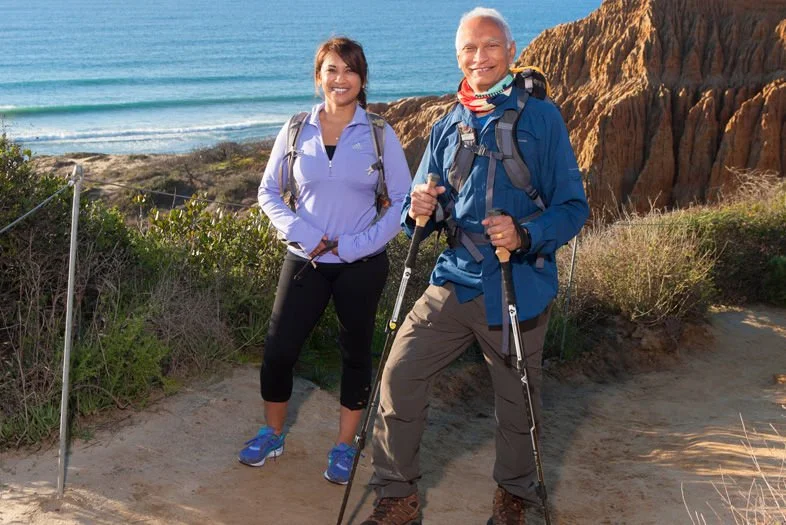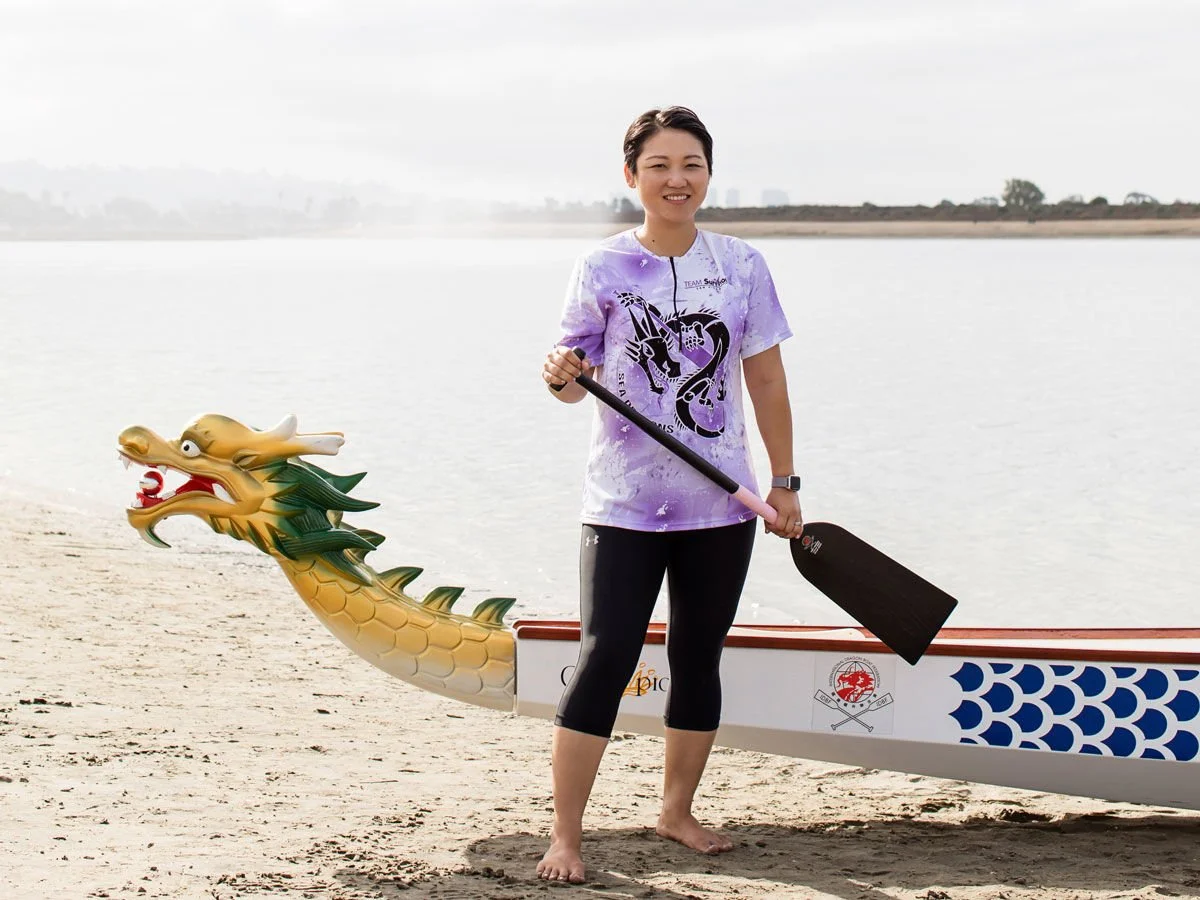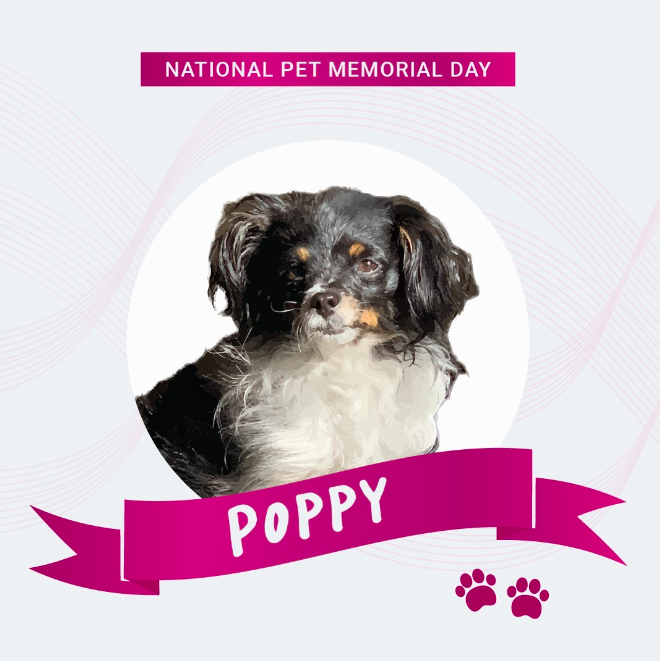Clips for (W)right On Communications
Created through extensive research and input from subject matter experts and executive decision-makers, this collection of materials demonstrates skills relevant to my candidacy for Senior Communications Strategist – B2B + Tech.
Case Study: Press Release + Resulting Coverage
This February 2022 press release resulted in a tsunami of coverage, including in these leading mainstream news, science, and trade publications. I crafted the release, coordinated its publication, all media requests and interviews, and conveyed its significance in sales documents, social media, and email marketing communications.
Recent Trade Media Pitches
A successful pitch that resulted in this article in:
Pitch: AI Will Fail in Drug Discovery—Unless We Reinvent the Process, Biotech CEOs Say
Hi Brian,
We loved your recent piece on pioneering companies implementing AI in drug discovery and development. We thought you might be interested in interviewing a pair of CEOs who are contrarian when it comes to using AI in drug discovery. They're adamant that AI alone can’t revitalize antibody discovery—unless the entire process itself is rewritten, as they've done.
AI Will Fail in Drug Discovery—Unless We Reinvent the Process, Biotech CEOs Say
As a new report in Nature Reviews Drug Discovery (and a related Forbes article) identifies, the potential of artificial intelligence in drug discovery can’t be understated. But, according to two CEOs of paradigm-shattering biotechs, unlocking the gains will require more than just employing AI—it demands rewriting the rules of drug discovery.
AbCellera and Cellarity are doing just that.
AbCellera has created an integrated platform it believes can halve the time it takes to go from drug target to clinical trials and is unlocking “undruggable” targets, including GPCRs and ion channels.
Cellarity’s drug-development platform casts aside the target-based approach entirely, instead leveraging AI, single cell technologies and other methods, to better understand cellular dysfunction and design new medicines.
Here’s what each has to say about how using AI to improve flawed methods could fall flat.
Carl Hansen, Ph.D. (cofounder and CEO of AbCellera)
“Artificial intelligence is the hottest thing ever, right? I think it’s a tell that people have lost faith in human intelligence to move the industry forward. They’re throwing up their hands in defeat because they’ve run out of ideas. To anyone who thinks AI is going to save us, I’d say human intelligence is always going to be much more important than artificial intelligence.”
“It’s fake to say you can go from an idea to specification to a drug with just robots and artificial intelligence. You also need microbiology, computation, software, people, infrastructure—you need all the right pieces.”
“If I could reduce AbCellera to something easier to digest—like the Star Trek computer—I would. But you can’t do that. Bringing all the elements together, that’s the essence of what we’re doing. It’s the hardest—and most durable—kind of business to build.”
Fabrice Chouraqui, PharmD, (CEO of Cellarity)
“There are many companies that can use AI to help make drug discovery more efficient. But all of them are still hostage to reducing disease to a single molecular target. That’s where Cellarity is very different.”
“We harness AI to drive an entirely new paradigm in drug discovery. We believe it’s time for a drug discovery process driven by a fuller understanding of disease biology. Our starting point is not a molecular target, it’s understanding the cellular dysfunction that occurs between health and disease.”
We think you’ll really enjoy speaking with these forward-thinking executives whose focus extends well beyond AI—but in reimagining drug discovery altogether. Please let us know if you’d like us to arrange interviews.
Thank you,
Chase
A pitch submitted to:
Subject: Single-Cell Tech Needs ML Benchmarks; Cellarity, CZI Partner for Solution
Hi Will,
I’d like to follow up with an email exchange you had in December 2022 with Cellarity’s CEO, Fabrice Chouraqui and invite you to take a deeper look at today’s announcement: Cellarity has partnered with the Chan Zuckerberg Initiative (CZI) to support the development of machine learning algorithms for single-cell analysis. Here’s the release.
(Relatedly, Chan and Zuckerberg recently wrote in MIT Tech Review about creating a virtual cell to better understand and treat disease.)
There’s a bigger story here: one about what is needed to truly advance single-cell technologies to unlock treatments for complex diseases and those without known drug targets. As the sole company working to engineer novel therapies by understanding the overall network of cellular dysfunction in disease (rather than focusing on a single target), Cellarity is at the heart of this untold story.
Allow us a moment to put the news in perspective.
Machine learning (ML) algorithms are key in moving from single cell data to drug. In recent years, more than 1,500 algorithms have been developed to analyze copious data generated by single-cell measurements.
But here’s the catch.
Until recently there was insufficient ground truth data to establish benchmarks to evaluate these algorithms. That’s why Cellarity has been partnering with CZI and other orgs over the past three years to develop key benchmarking datasets to support ML competitions hosted by Open Problems in Single Cell Analysis.
Last year’s single-cell ML competition was the largest ever conducted. This year, the challenge will be to efficiently model simulated drug discovery experiments.
I’d like to invite you to speak with Cellarity, CZI, and Open Problems on the work they are doing to advance fair and open benchmarks for single-cell ML algorithms and how this is ushering in a new era of drug discovery and what they’ve learned so far.
We can arrange interviews with:
• Fabrice Chouraqui, Pharm.D., CEO of Cellarity and CEO-Partner at Flagship Pioneering
• Jonah Cool, Ph.D., Senior Program Officer of CZI’s Single-Cell Biology Program
• Daniel Burkhardt, Ph.D., Cellarity Manager of Strategic Scientific Projects; Co-founder of Open Problems in Single-Cell Analysis, an international consortium of researchers developing a centralized, open-source framework for evaluation of single-cell algorithms.
Best,
Chase
Resources
• “Single-cell perturbation prediction: generalizing experimental interventions to unseen contexts”; NeurIPS 2023 competition proposal authored by Burkhardt (attached).
• “Quantifying the effect of experimental perturbations at single-cell resolution”; paper authored by Open Problems consortium members, including Burkhardt, published in Nature Biotechnology, May 2021.
• Proceedings of Machine Learning Research, NeurIPS 2021 Competition and Demonstration Track; paper authored by Open Problems consortium members, including Burkhardt, published in PMLR, 2022.
• More info about this year’s competition (which concludes Nov. 30): Single-Cell Perturbation Prediction; Generalizing Experimental Interventions to Unseen Contexts, a NeurIPS 2023 competition.
Technology Writing
Inside an unremarkable office park in Rancho Bernardo, Chris Duffey, a middle-aged electrical engineer, powers up a gadget about the size of a coffee maker. With parts made from PVC pipe, copper wire, and aluminum foil, the contraption looks like a movie prop, something Marty McFly might stumble upon in Doc Brown’s lab.
Duffey cranks up the power source—wired to a knob housed in an Altoids tin—and the machine sputters to life with a staccato buzz. Just then, violet arcs of electricity emanate from an aluminum-foil-covered ring topping the device. He presents a normal fluorescent light bulb in his hand, and as he brings it within a foot or so of the gadget, the bulb illuminates. That’s the function of this homemade Tesla coil—it’s a rudimentary wireless power source.
“It’s been a while since I was able to build anything,” says Duffey, whose electric grin says he enjoys this more than his paperwork-heavy day job as an engineering director in Northrop Grumman’s autonomous systems division.
Video Creative Direction + Script Writing
Health Care Copy Writing
Doc Off the Clock: Following Her Father’s Footsteps
Hiking and medicine go hand-in-hand for Scripps' father-daughter doctor duo
For an entire decade, Prabhakar Tripuraneni, MD, a radiation oncologist at Scripps MD Anderson Cancer Center and Scripps Clinic, drove past Torrey Pines on his daily commute without so much as a pit stop. That all changed when the Indian-born doctor and longtime Carmel Valley resident was invited on a hike. He was hooked. That walk among the stately trees and proud bluffs marked the beginning of a beautiful friendship.
For the past 25 years, Dr. Tripuraneni has been walking those same trails every Saturday and Sunday, plus twice more per week during the summer. He estimates he’s hiked there thousands of times.
He’s also taken on some notably tougher treks: Machu Picchu (“a walk in the park”), Mount Kilimanjaro (“a butt kicker”), Mount Whitney (three ascensions), and a 100-mile stretch of Spain’s Camino de Santiago. “I came to the painful conclusion the human body was not designed to hike 33 miles three days in a row,” he says.
Dr. Tripuraneni’s affinity for hiking has become a family affair. Much in the same way he encouraged his daughter Sravanthi to pursue a career in medicine, he also inspired her to follow in his footsteps on the trails. Sravanthi, now a family medicine physician at Scripps Clinic, Rancho Bernardo, has since tackled the Peruvian Andes as a team with her pop, and they are planning a hike along the coast of Portugal in April.
“He’s always out in front,” she says.
The second-generation Dr. Tripuraneni may also join her father in Iceland this summer (she hasn’t committed yet), and someday, she plans to make her own ascent of Mount Kilimanjaro. “His goal for me is to be able to hike for three hours or 10 miles, whichever comes first,” she says. Her father can hoof it for five hours, or nearly 20 miles.
And of course, she makes her own outings at Torrey Pines, where she keeps up her stamina.
“It must be something in our genes,” says the elder Dr. Tripuraneni. “My dad in India is 92. He walks a half mile in the morning and evening. All the younger guys who have retired are trying to keep up with him.
“I could play golf, too—but I’m a cheapo,” he adds. “Hiking is a physically and mentally healthy hobby that you can do for free anywhere in the world at any time of the day.”
Doc Off the Clock: Ni-Cheng Liang, MD
Dr. Liang has a special relationship with her patients—after all, she’s been in the same boat
While she was training to become a doctor, Ni-Cheng Liang, MD, learned all too well what it’s like to be a patient and a cancer survivor.
Dr. Liang, a Scripps-affiliated pulmonologist who specializes in integrative medicine, was in the second year of her fellowship in 2011 when she received the diagnosis: a particularly aggressive subtype of breast cancer, in stage 2.
In her early 30s at the time, Dr. Liang took a year off her fellowship to undergo chemotherapy and three surgeries. The procedures worked; today she’s cancer free. But there was an additional benefit — a profound connection with her patients, especially other cancer survivors.
“There is strength, connection and healing in sharing vulnerability,” she says. She calls it “reciprocal empathy.”
Blending the best of conventional and integrative medicine
The care Dr. Liang received is the same kind she practices: Integrative medicine, or the combination of conventional, evidence-based medicine with unconventional treatment, such as mindfulness, meditation, yoga and acupuncture.
“With everything I went through as a patient, I’m passionate about including integrative medicine in my practice,” she says. “It’s about augmenting allopathic medicine with a mind-body healing for a more holistic approach to patient care and well-being. It’s helped me get through and maximize my quality of life as a cancer survivor.”
She shares her own story with patients when she thinks it might help them endure tough treatments or the wait for test results.
“It helps to know someone else has gone through something very similar,” she says.
Connecting and competing with other cancer survivors
Her personal medical history has also connected her with other survivors in a very different setting. Dr. Liang, who emigrated from Taiwan to Maryland as a child, discovered in medical school her passion for the East Asian sport of dragon boat racing.
She picked up the paddle again last summer and joined Team Survivor Sea Dragons, which is composed entirely of cancer survivors. All 21 crew members must work in unison to paddle the boat.
“It takes a lot of core and upper extremity strength,” says Dr. Liang, who is also a keen stand-up paddleboarder.
She often practices with her team at Youth Aquatic Center on Fiesta Island three days a week as they hone their skills for the San Diego International Dragon Boat Race, a competition held each fall in Mission Bay.
“There’s a lot of endurance and stamina required, but it’s really motivating because there are so many survival stories in there.”
Social Media
It sounds almost too good to be true: Physicians are winning the war on cancer. Remarkably, cancer death rates in humans have dropped 27 percent over the last two decades. More people are surviving the disease thanks to prevention, improved treatments, and earlier detection through screening. Powered by next-generation sequencing, newly developed multi-cancer early detection (MCED) tests can now screen for numerous cancer types with a simple blood draw.
⠀
Major veterinary organizations have deemed early detection critical for management of cancer in companion animals, too. Survival rates are highest with early diagnosis. Unfortunately, canine cancer is usually found in late stages, mainly following the onset of clinical signs.
⠀
But now, like physicians, veterinarians are finally equipped to screen for cancer in dogs. The use of MCED tests in high-risk patients could lead to earlier diagnosis, before clinical signs appear. Powered by next-generation sequencing just like the MCED tests for human patients, OncoK9® – The Liquid Biopsy Test for Dogs™ is demonstrated to detect 30 different types of canine cancer.
⠀
More people than ever are surviving cancer thanks to effective screening programs. Let’s make that possible for dogs, too.
Our ears perked up last summer when @sandiegomag put out a call for nominees to Celebrating Women 2022, a recognition of women who were “transforming San Diego and the world!” Among the many incredible women we know doing incredible things, our Chief Medical Officer, Andi Flory, DVM, DACVIM (Oncology) sprang to mind. The magazine’s description of the “changemakers, groundbreakers, and visionaries” they sought to honor spurred us to toss one of Dr. Flory’s many hats—veterinary oncologist, startup founder, mother, pet parent—into the ring.
Each year, cancer cuts short the lives of many dogs who might have enjoyed many more years with their families, had the disease been detected earlier. Poppy, the mixed-breed rescue shown here, was one of them. Just four when she lost her battle with late-stage pancreatic cancer, Poppy was a small pup who left an outsized legacy for dogs who came after her.
Her devastating fight with cancer inspired her human, Daniel Grosu, MD, MBA, to start PetDx together with a mission-driven team of scientists and veterinarians, with the aim of unleashing the power of genomics to improve pet health. Poppy’s memory lives on in those who loved her, in the story we’re sharing here, and in our laboratory: our most important instrument, a powerful DNA sequencer, bears her photo and goes by the name of “PoppySeq.” #NationalPetMemorialDay 🧬🐕🐾
In one sense, the story of PetDx® begins down the road at @illuminainc, where President and CEO Dr. Daniel Grosu served as the very first chief medical officer. In another sense, it begins with Poppy. After stealing Grosu’s heart, the 8-pound rescue dog battled pancreatic cancer. Though she lost that battle at the young age of four, she inspired Grosu to leverage Illumina’s next-generation sequencing technology to develop noninvasive cancer testing solutions for pets.
“People really care about their pets, and we can help make a big impact in the lives of many families,” says Grosu. “Because when a pet has cancer, it’s not just the pet that’s suffering. It’s really the entire family that’s suffering.”











